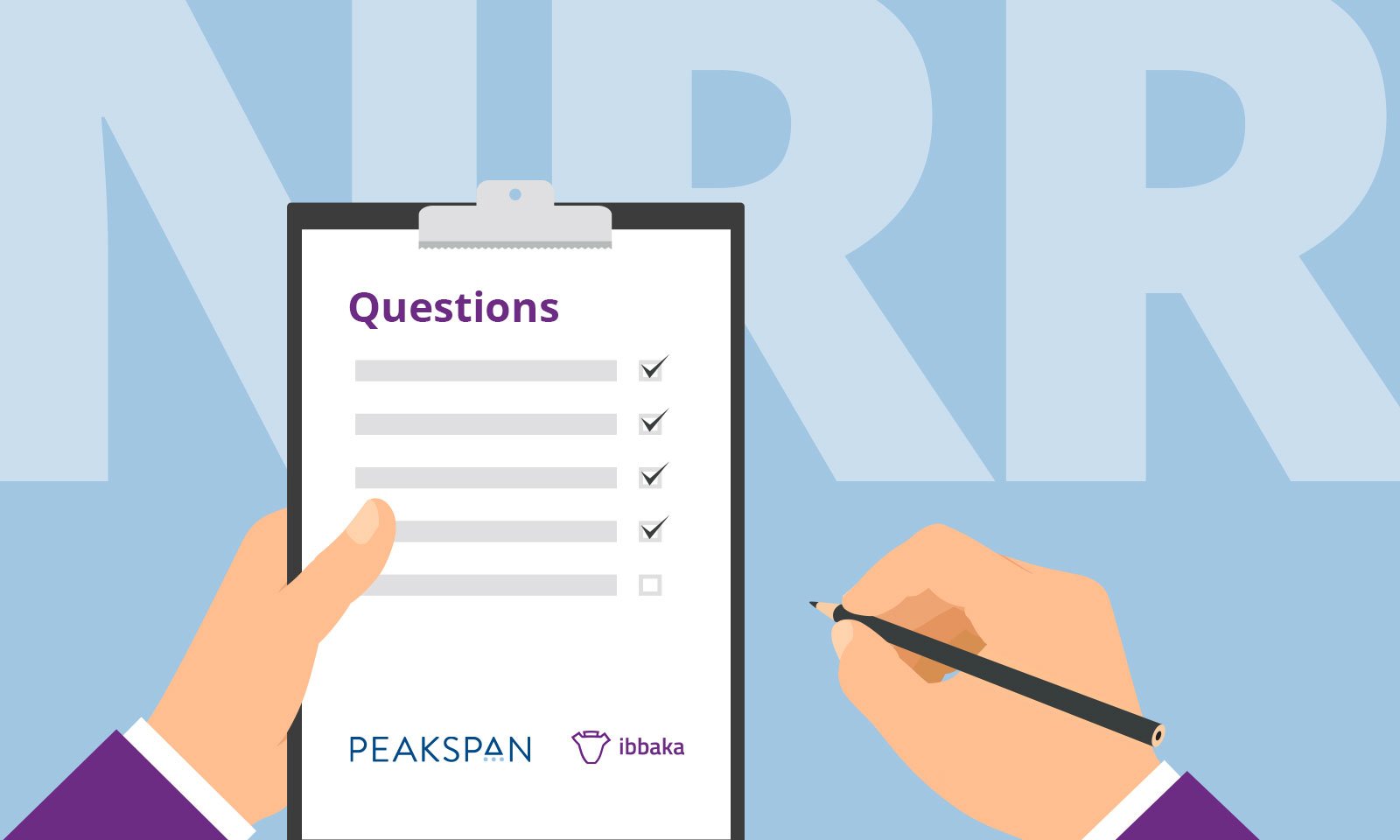Pricing and NRR: Five Questions About The PeakSpan Ibbaka NRR Survey Results
Steven Forth is a Managing Partner at Ibbaka. See his Skill Profile on Ibbaka Talio.
There has been a lot of interest in the PeakSpan/Ibbaka survey on Net Revenue Retention. The report is called State of the Industry: High Performers vs. The Rest. The people reaching out with questions are mostly interested in how to get their company into the high-performer group.
Have more questions? On Wednesday, October 4th (8:30 PST, 11:30 EST), join Sanket Merchant (Partner at PeakSpan Capital), Steven Forth (CEO at Ibbaka), and Srinivas Somayajula (former Head of Strategy, Growth & Monetization at Calendly) for an in-depth conversation on Net Revenue Retention from multiple vantage points (investor, practitioner, and operator).
The five most common questions we have seen are …
Why a divergence in performance between SaaS verticals?
Why a divergence in performance between companies in the same vertical?
What is the most effective way to improve Net Revenue Retention?
Does a price increase lead to higher Net Revenue Retention?
Are there some companies where a Net Revenue Retention of less than 100 is acceptable?
Let’s look into each of these.
Why the divergence in performance between SaaS verticals?
Basically, this reflects overall market trends. The highest-performing verticals are those where there is the most investment.
Artificial intelligence
Data management and analytics
Cybersecurity
The verticals that have the lowest NRR performance are a combination of those that grew the most during the COVID-19 pandemic and those that are most impacted by a downturn in the economy.
EdTech
HR
Collaboration and team communication
Another important consideration is the size of the companies in the target market. Average Contract Value (ACV) is a proxy for this.
Simply put, solutions that are sold primarily to Small and Medium Businesses do not have the same opportunities to grow in an account, whether this is through growth in package, up-sell, or cross-sell.
Why the divergence in performance between companies in the same vertical?
This is trickier. One of the most interesting results of the survey is that even in verticals like EdTech or HR, that have lower NRR overall, there are companies that expect to see NRR of more than 120% in 2023. Why is this?
These companies share some characteristics.
They have more than 1 pricing metric and combine a stable metric with one that reflects growth in use or value.
They have a packaging architecture that allows them to act on several of the NRR factors.
They have relatively low churn (in all cases less than 7% and generally 3-5%).
What is the most effective way to improve Net Revenue Retention?
That will depend on 3 things:
Do you have a churn problem? Is your current churn rate higher than it should be given your solution type and customer base? If it is, then fix churn first.
Have you designed packaging and pricing to optimize for NRR? This means having a package architecture that allows for up-sell and a pricing design that allows for growth in package.
Are you able to increase prices? A price increase will often lead to higher NRR. The way to calculate this is to ask “How many sales can I afford to lose and still make more money after the price increase?” There are calculators that let you do this. Contact us and we will share ours. info@ibbaka.com
Does a price increase lead to higher Net Revenue Retention?
Quite often yes. See point 3 above. Many SaaS companies have under-priced their offers relative to the value they provide.
One way to introduce a price increase is to move to a Good Better Best packaging pattern. This lets you introduce and test different pricing levels. It also lets you add an up-sell lever to pricing.
The other way to effectively raise prices is to layer in a usage or value metric. This can build what are effectively price increases into usage.
Of course every positive pricing factor has its negative opposite. Growth in package comes with shrinkage in package. Up-sell comes with down-sell.
Are there some companies where Net Revenue Retention of less than 100 is acceptable?
Yes. Companies selling into SMBs (Small and Medium Businesses) will often have to live with negative NRR. The size of their customers means that the opportunities for in-account growth are limited. Small companies go out of business or get acquired more often than large companies. There are generally fewer integration points with small companies, and they are less sticky as a result.
On the other hand, there are a lot more small companies than large companies. New logo growth can be faster as there are more targets and often a short sales cycle. This is where product-led growth excels.
Our recent NRR survey with PeakSpan found mixed evidence for the relationship between PLG and NRR. The best PLG companies have well-designed Good Better Best style architectures and use hybrid pricing, with two (sometimes three) pricing metrics. Companies that use the One Big Module pattern had lower NRR. So, if you sell primarily to the SMB market, make sure that …
You are using Product-Led Growth
You have a Good Better Best architecture
You have hybrid pricing metrics


